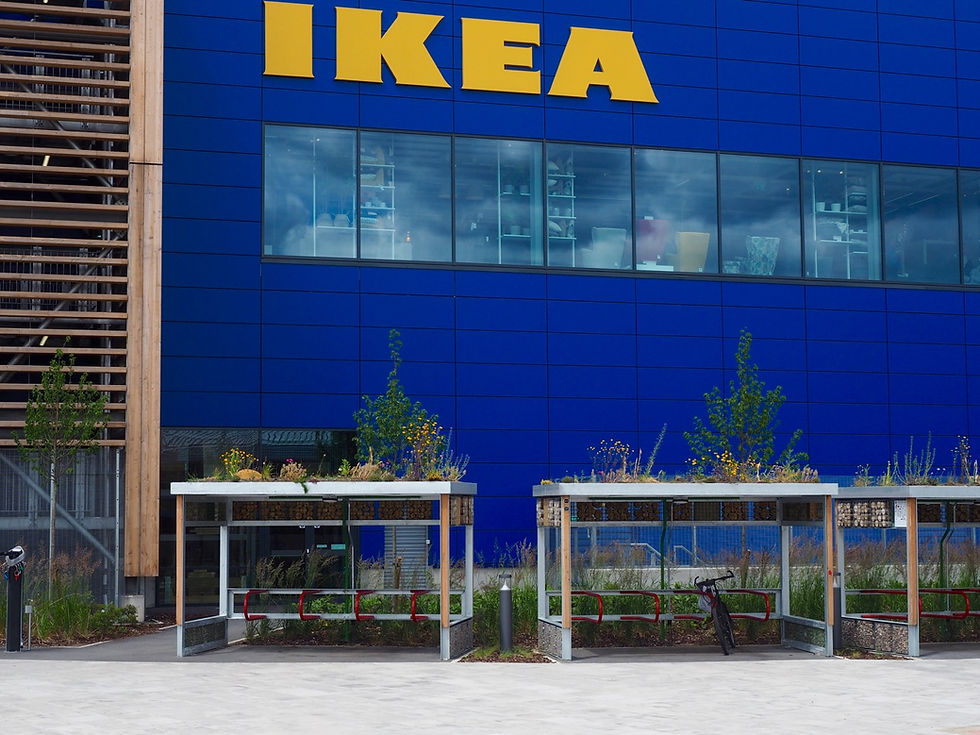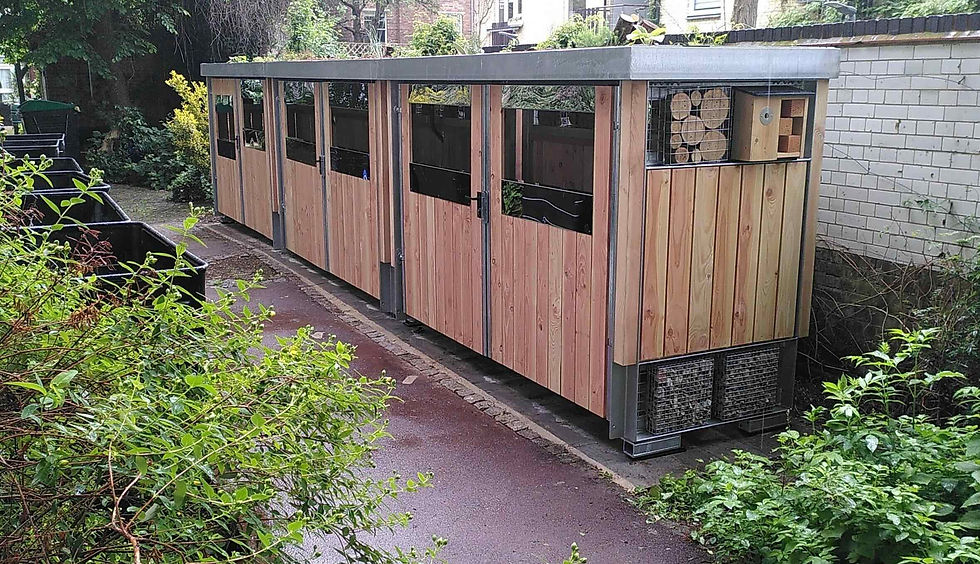Award-winning
2025 Finalist - Innovation Award and Biodiversity and Nature Award, Unlock Net Zero
2024 Finalist - Multi Benefits Award - and Innovation Award - CIRIA BIG Biodiversity Challenge
2024 Finalist - Biodiversity and Nature Award, Unlock Net Zero - Development projects
Winners - CIRIA BIG Biodiversity Challenge 2018 - Innovation Award
Winners - Green Roof Shelters - 1st Place - CIBSE Green Infrastructure Design Challenge - EcoBuild 2018
“Green Roof Shelters came up with the idea that you can incorporate habitat and biodiversity into the everyday structures that we use all around us, in a way that is successful, totally functional, and very beautiful. They pioneered the idea, and still lead the field.”
– Nigel Dunnet
Wildlife and nature, people and place.
Green Roof Shelters Ltd brings together some of the foremost experts in green roofs planted for biodiversity, designing habitat creation and low maintenance native and climate-change planting for wildlife, alongside designers experienced in producing buildings, structures, and retrofit products that enhance our environment. We have associations with ecologists, entomologists, academics, and plants-people.
For covered cycle parking, green roofed bike shelters with wildlife habitat incorporated.
A genuine green roofed solution to bikeparking.
At Green Roof Shelters what drives us is the wildlife around us; our green roof planting and habitat creation is designed to enrich an area or structure with biological diversity.
Green Roofed Bin Shelters create tidy collection points for refuse or recycled materials, and new opportunities for enhancing local bio-diversity.

Featured plants
Our green roofed shelters come planted with seed mixes and plug plants. We also include some potted plants for instant colour and to signal more is to come!
– Page Coming Soon.
For domestic scale front yard products, DIY guides and more, visit one of our related sites.
"Most of all though we have learned that all social housing deserves decent green space and the way to get that and keep it is to value the people that look after it."










